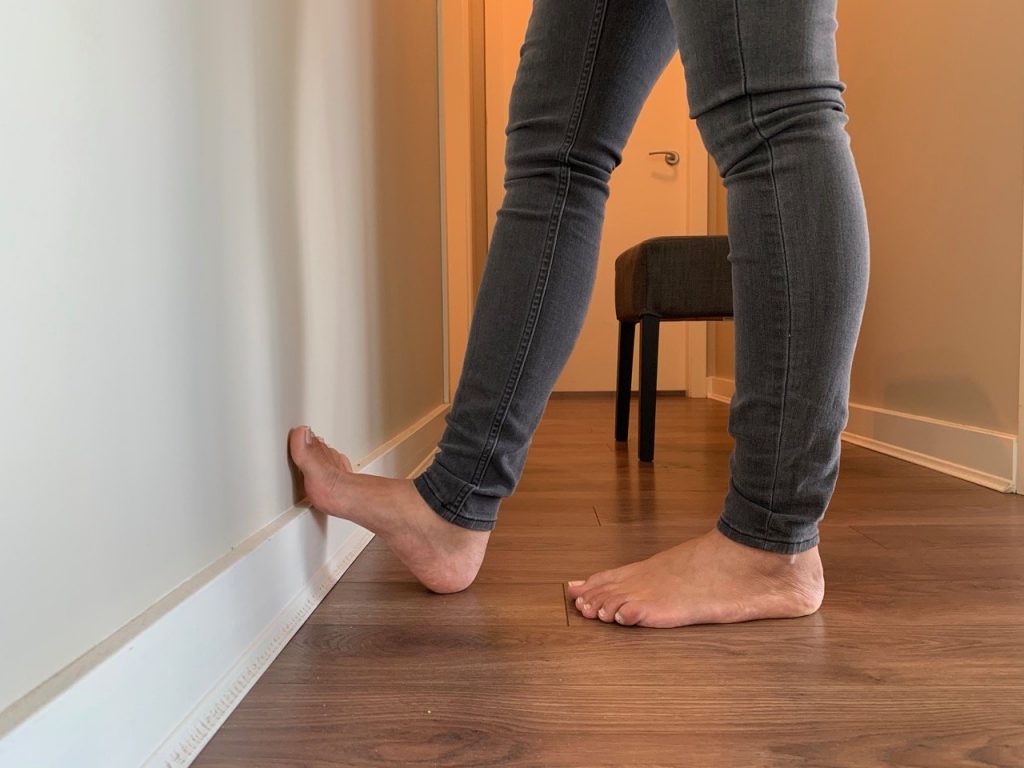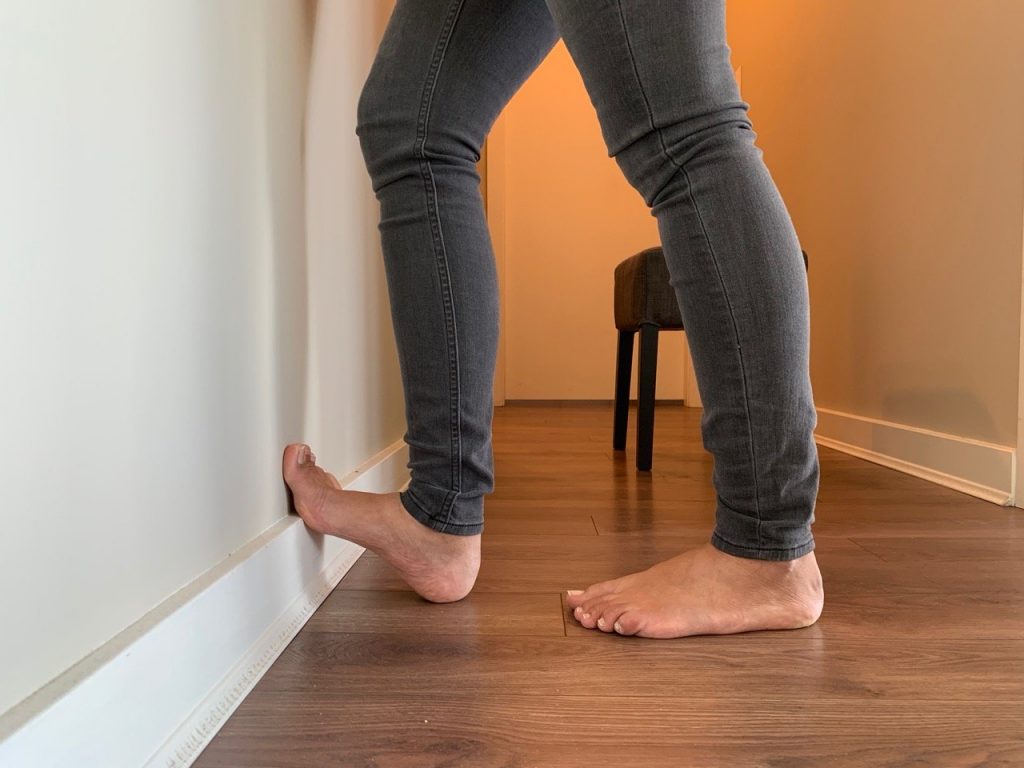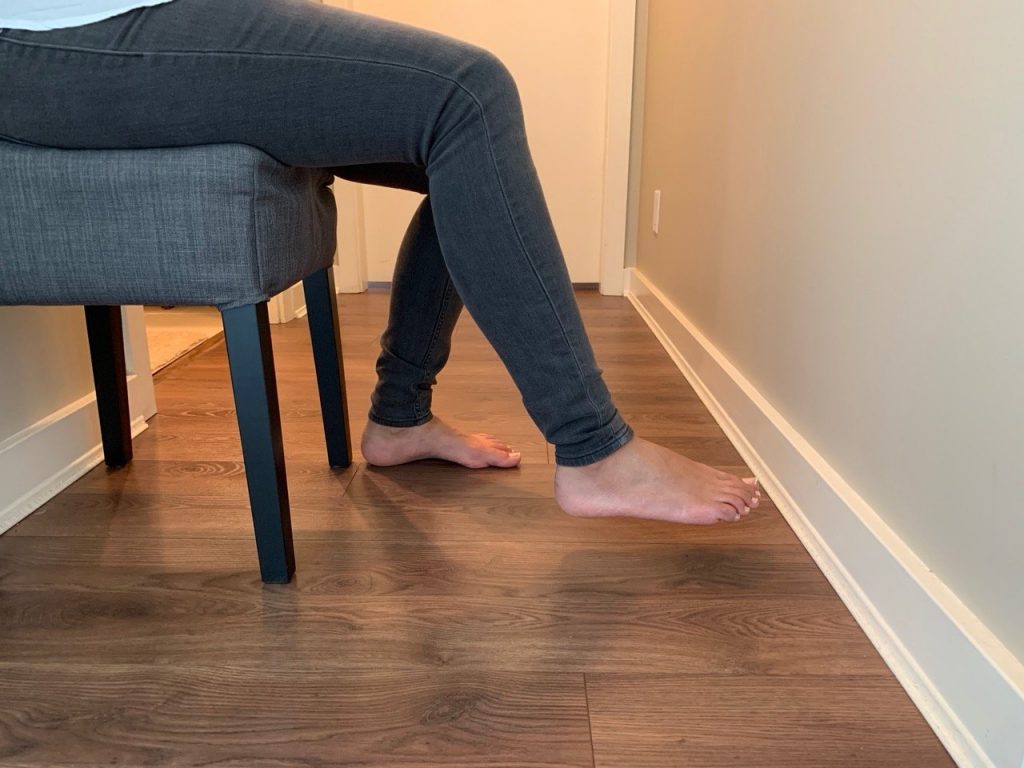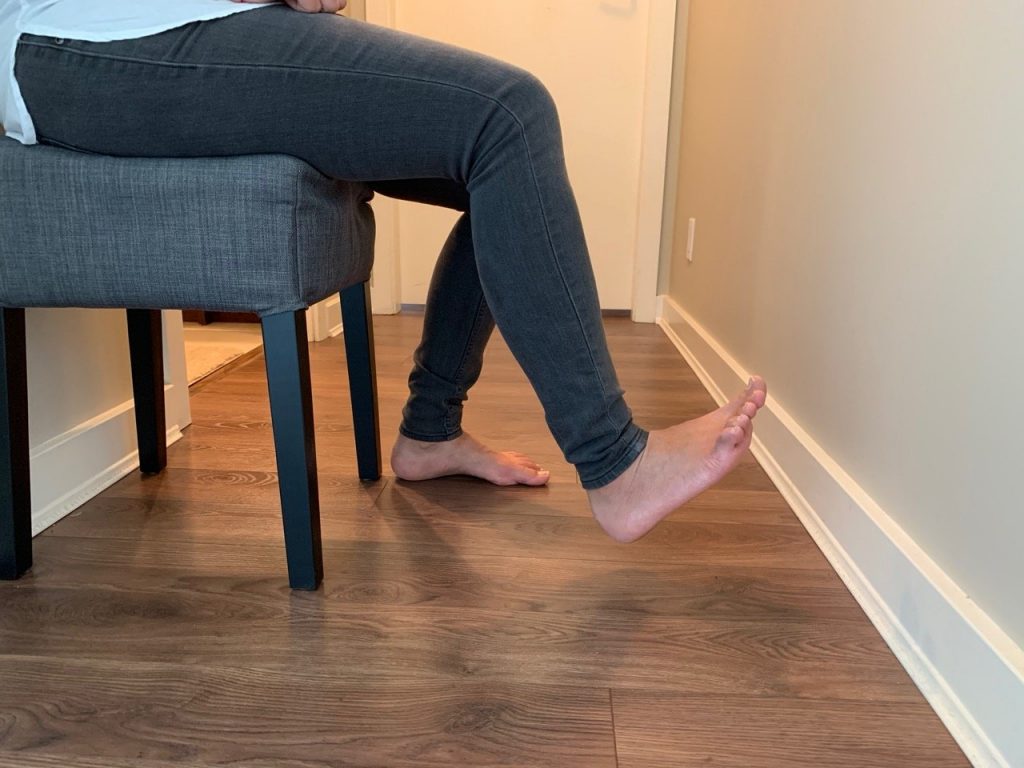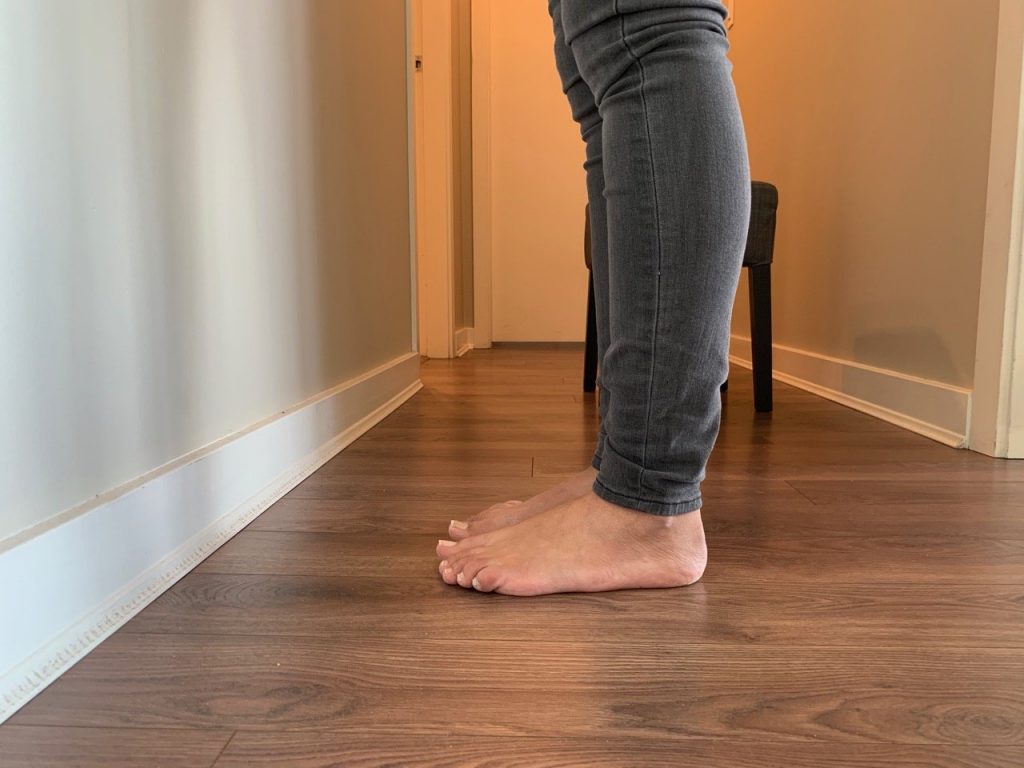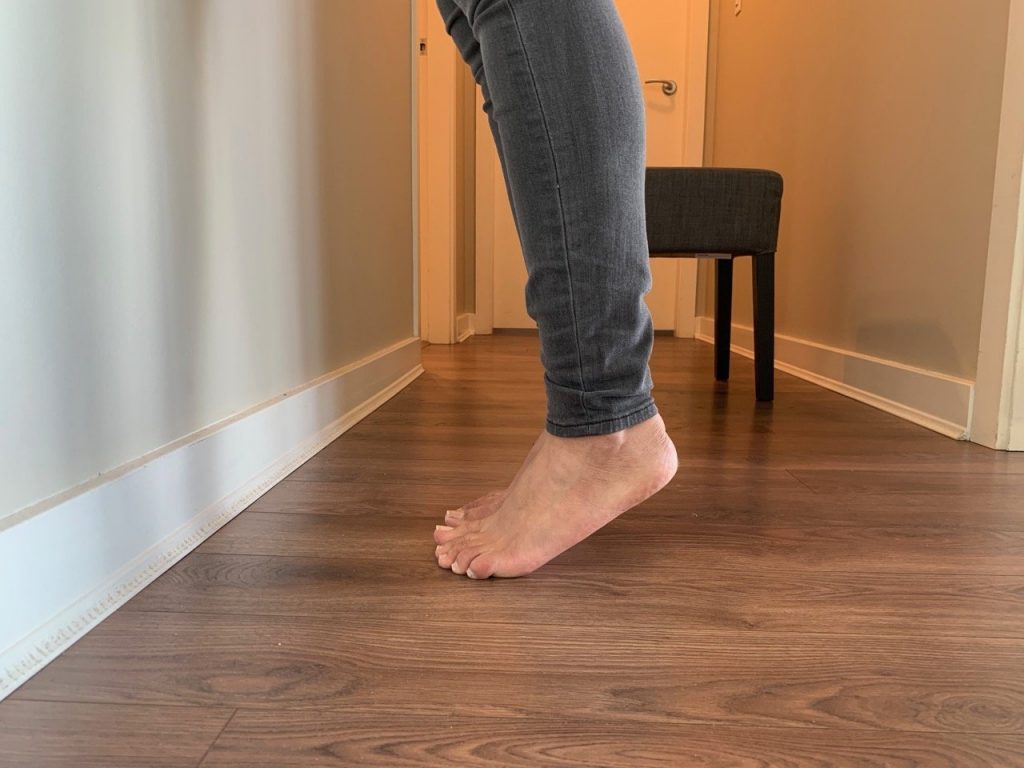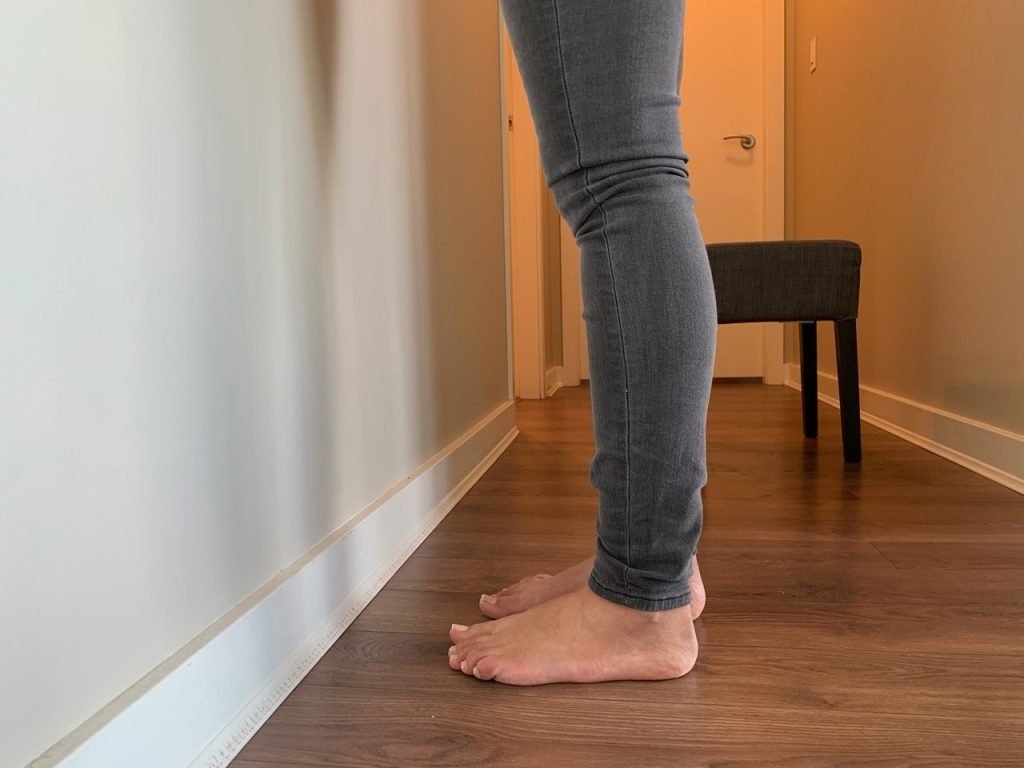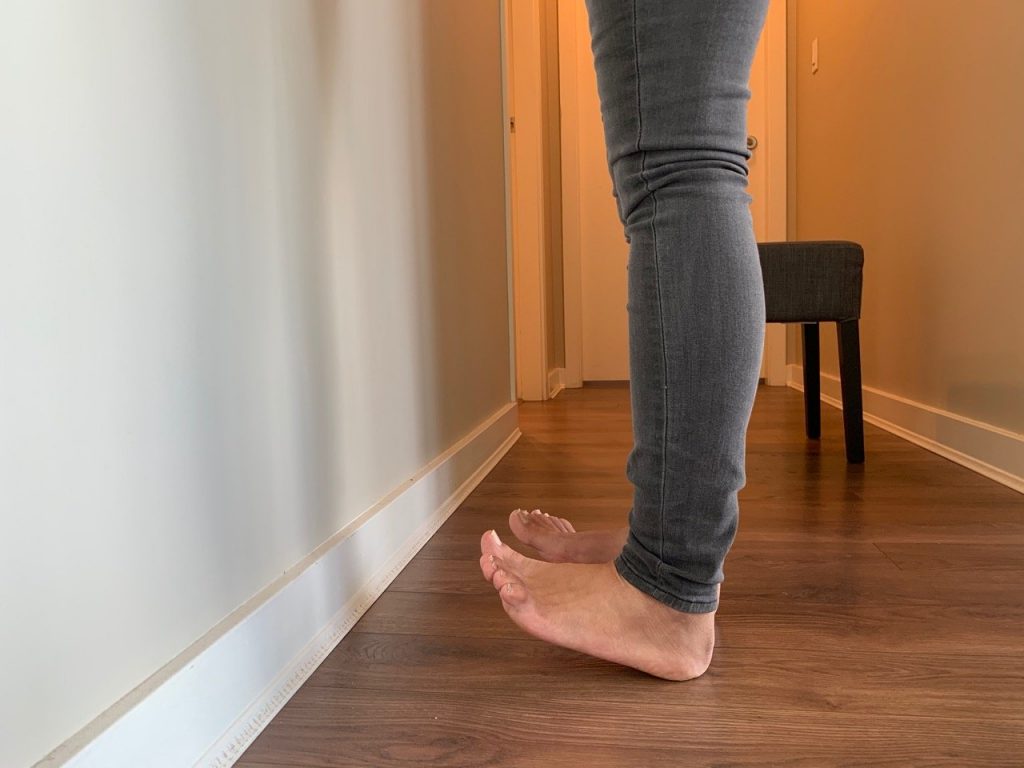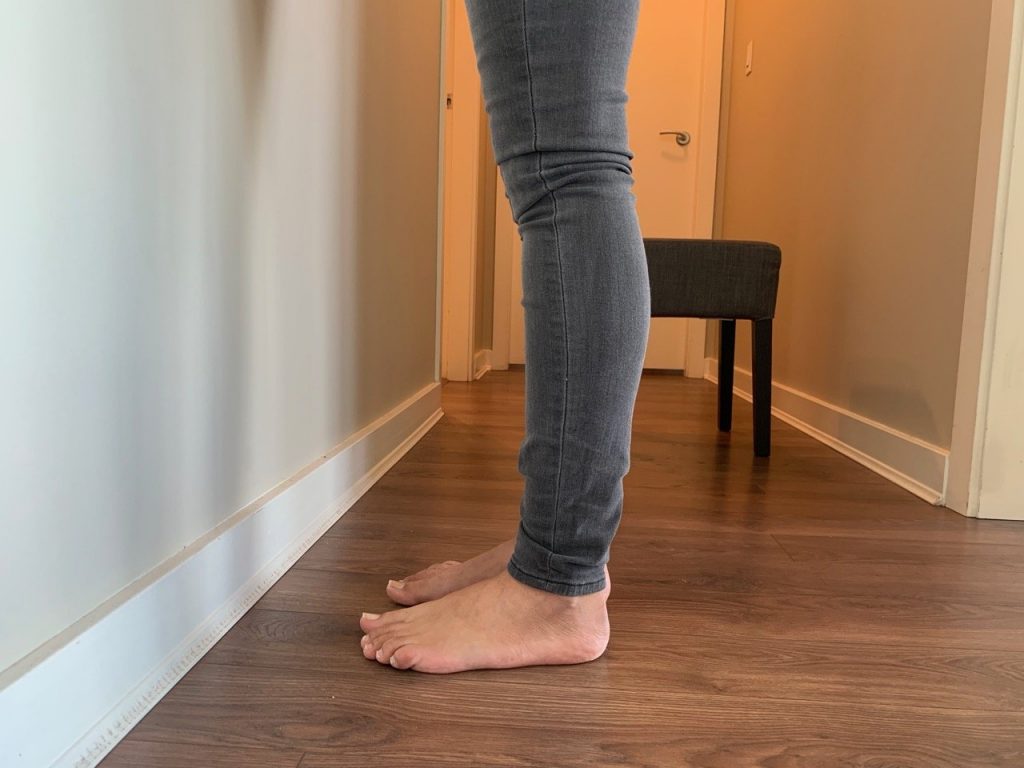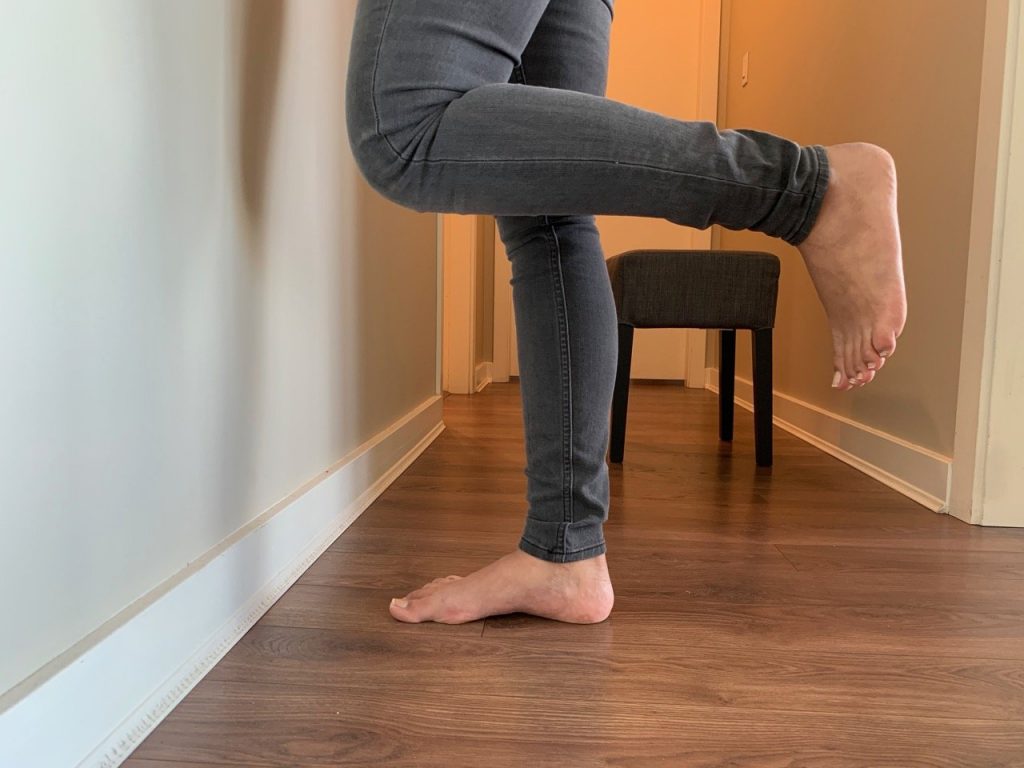Lets talk about ankle and foot pain along with best practices for keeping your joints happy. Joints within ankle and foot enable moving from place to place. In excellent condition, they give us an unstoppable power to cross rivers and climb mountains.
These joints and the muscles supporting them play a silent role while we carry out various activities throughout the day. Be it standing on a grass, walking in a park, pivoting while playing football, hoping, strolling on a beach, hiking, etc. Even though these activities lead to various forces on your joints, your ankle and feet help distribute this load; all while maintaining your balance on a wide variety of surfaces.
Structure and Function
Your lower leg, ankle, and foot help with support and propulsion. For support, they act like a rigid structure to hold our body upright. For propulsion, they act as a flexible structure, allowing shock absorption and locomotion on different surfaces. To be flexible and rigid, these structures maintain high complexity. Many of the bones within our ankle / foot are small and unique. Together, these bones give support by forming three arches for a strong load bearing.
Each bone further has various attachments from ligaments, muscles, and tendons. Plantar fascia, a thick connecting tissue, runs on the bottom of the foot to prevent the arches from flattening. Ligaments connect bones to bones, offering stability to the joint. Tendons connect muscles to bone, storing and releasing energy for activities.
Muscles divide the leg into three compartments: one in front, one in back, and one on the side. Contraction of muscles allow for movement. In non-medical terms, these movements are pointing toes up, down, inwards, outwards, curling of toes, straightening of toes, and spreading of toes. To know more about the structure and function of ankle joint, I have linked an anatomy video at the bottom.
Ankle and Foot Pain Causes
Ankle and foot pain can occur in any or multiple parts from below your lower leg. It can vary in nature from a dull and achy to burning and piercing. Pain can be mild and temporary. Sometimes progressing to chronic pain and persisting throughout a lifetime. Pain can occur with first steps in the morning, during movements, or after completing exercises. Sharp or constant pain can also affect work and leisure. Depending on the cause of pain; lack of movement, stiffness, weakness, numbness, swelling, or bruising can also be present. Some common reasons for pain are:
- Bone: fracture, stress fracture, shin splints, problems with hip and knee, fallen arches
- Ligaments: ankle sprain, hypermobility, chronic instability, earlier history of injury
- Muscles: weakness, lack of flexibility, trauma, overuse injuries
- Tendons: injury or rupture of tendons, plantar fasciitis, bursitis
- Nerves: Metatarsalgia, Morton’s neuroma, tarsal tunnel syndrome, traumatic injuries.
- Activities: lack of training, over-training, sudden changes in volume of training, improper footwear
- Lifestyle: Poor posture, overweight
- Conditions: Arthritis, Rheumatoid arthritis, Gout, Diabetes, Peripheral Neuropathy.
Tips and Exercises
Stretching
Calf stretches
Begin in standing upright position facing a wall. Place your hands on the wall, then the toes of one foot on the wall with your heel on the ground, leaning into the wall until you feel a stretch in your calf and hold.
Mobility
Ankle pumps
Begin sitting upright with one leg slightly forward. Slowly pump your ankle, bending it up towards your body and then pointing it away from your body. Tracing alphabets in air. Begin sitting upright with one leg slightly forward. Additionally, slowly trace letter of alphabets in air. Try to do big movements to get your ankle really moving.
Strengthening
Ankle raises
Begin in a standing upright position. Slowly raise both heels off the ground, then lower them down to the floor.
Toe raises
Begin in a standing upright position. Slowly raise both toes off the ground, then lower them down to the floor.
Balance
Standing on one leg with eyes open. Begin by standing in an upright position with hands resting on a countertop for support. Lift one foot off the ground and keep your balance in this position. Slowly take your hand away from countertop and hold this position.
Footwear
Choosing a proper footwear that is well fitting will help prevent or ease pain. Minimizing use of stilettos and opting for shoes that has a low heel and soft soles. Whether you need a shoe that has more cushion or those that have more control to prevent turning foot inward or outward depends on your foot. Some may also need insoles or orthosis depending on their foot condition.
Lifestyle modifications
Keeping your weight in check will decrease the pressure on your joints. Consuming nutritious diets lessen risk of bone loss. Regular physical activity will keep bone and joint healthy. If you have chronic pain or instability issues, consider taking part solely in low impact activities.
When to consult a physio
Listed above are simple but practical ways you could protect your ankle and foot. At least 80% of general population has foot problems. When carried on, this can cause stress to the other joints of the lower body. If you have pre-existing ankle condition or are suffering from pain and weakness, evidence have shown beneficial effects with tailored exercise programs. Proper assessment, treatment and taking care of the feet can often correct this. If you are unsure where to start or need treatment from home, call me!
Further Readings
- AnatomyZone: Ankle Anatomy https://www.youtube.com/watch?v=lPLdoFQlZXQ
- Musculoskeletal conditions of the Foot and Ankle: Assessment and Treatment Options. https://www.ncbi.nlm.nih.gov/pmc/articles/PMC3414868/pdf/nihms389521.pdf
- Ankle and Foot Pain Information for Public https://www.nhs.uk/conditions/foot-pain/
- Ankle Joint – 3D Anatomy Tutorial (Ankle and Foot Anatomy Video) https://www.youtube.com/watch?v=lPLdoFQlZXQ

